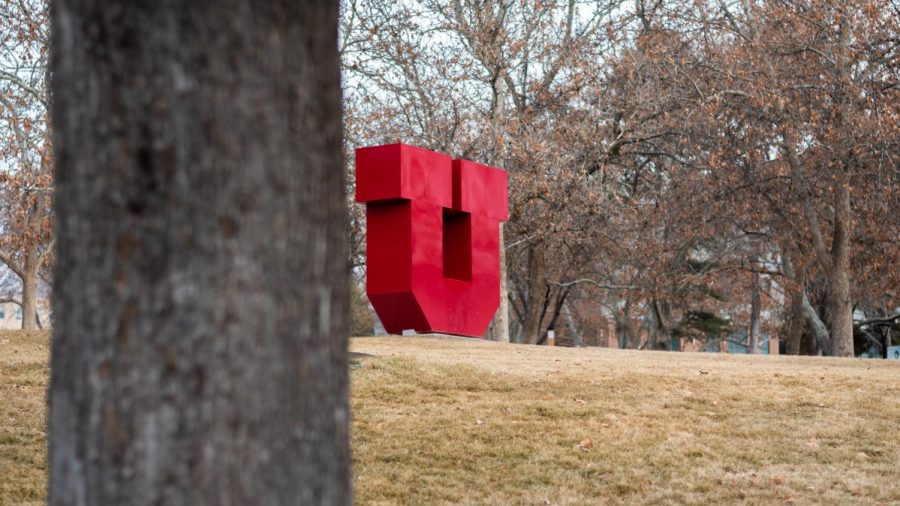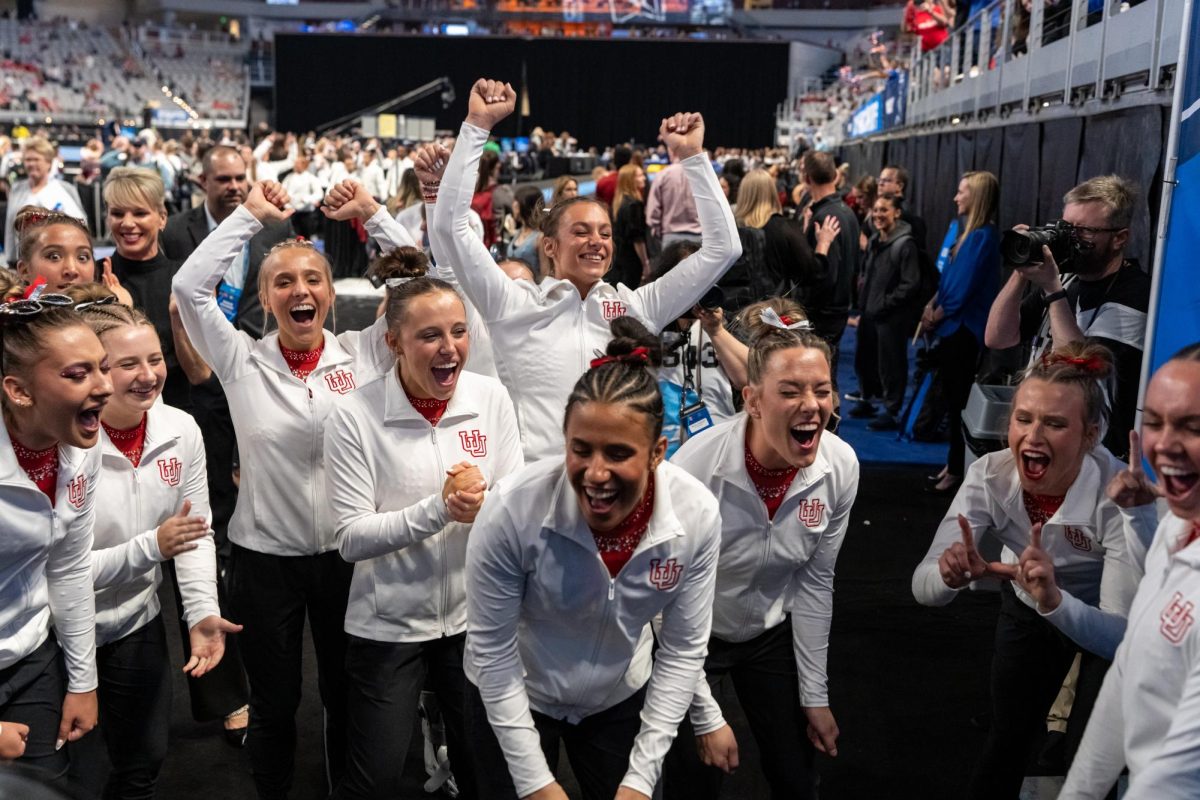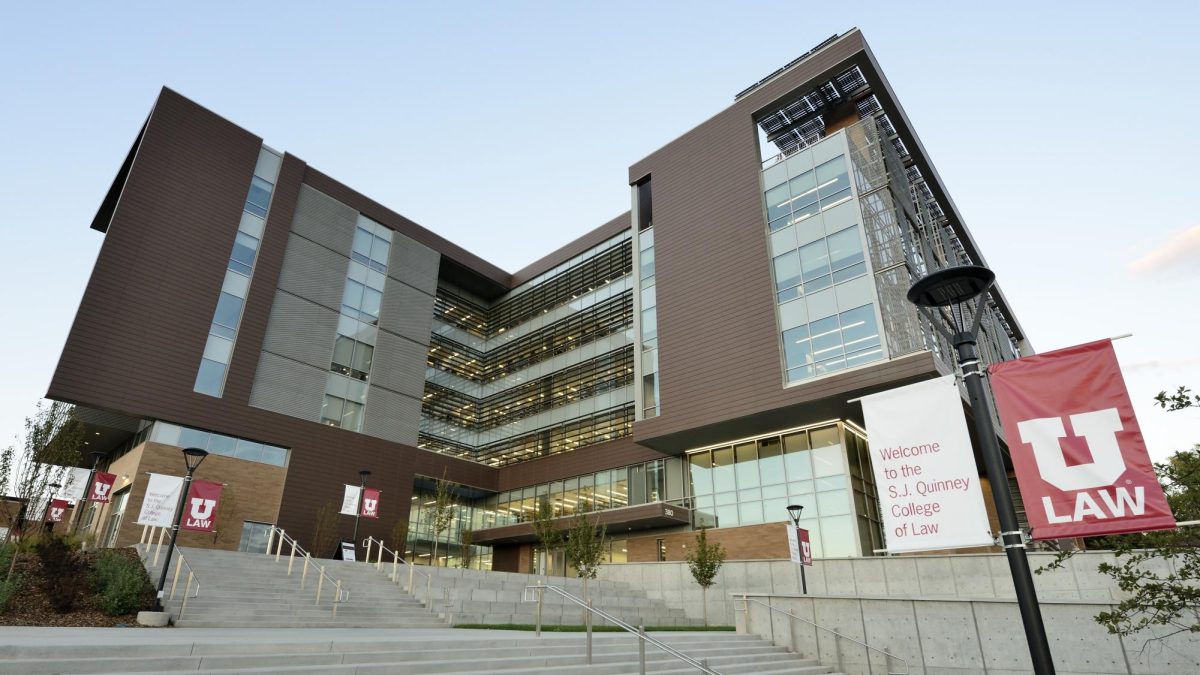Christopherson: The Invisible Power Dynamics of Pedicures
October 24, 2019
I have probably had six or seven pedicures in my entire life. In high school, I would occasionally go for a mani-pedi before a few of the yearly dances. Over the summer, my roommate and I splurged on a trip to the salon on a whim. They’ve always been a rare treat for me, which might be why I love them so much. It is difficult to get over the novelty of having my heels painlessly grated like a brick of cheese until they become soft again, or feeling the satisfying grit of lemon scrub between my toes. Still, one feature of pedicures has always made me slightly uncomfortable — the fact that another person is squatting in front of my enormous massage chair, scrubbing my feet.
In a conversation we had recently, my mom put her finger on the reasons for that discomfort. She’d just gotten her first pedicure in decades — a back to school treat my little sister requested — and told me, to my surprise, that she’d hated the experience. “It felt pretty racist,” she said. She cited the overpowering smell of chemicals in the salon, sure that it could not be safe to work regular hours in that environment. She also pointed out the fact that despite the salon being only located a mile from her house, she knew none of the Vietnamese women who worked there lived in the neighborhood themselves.
There are some substantial health risks associated with work in nail salons. According to the Occupational Safety and Health Administration website, nail technicians may experience “negative health effects such as asthma and other respiratory illnesses, skin disorders, liver disease, reproductive loss and cancer” due to chemical exposure. As if those risks aren’t high enough, contact with clients’ blood and skin also threatens salon employees with infections like HIV, hepatitis and other bloodborne pathogens. They’re also prone to “muscle strains from awkward positions or repetitive motions” — such as carefully grating the soles of people’s feet to smooth softness.
The Occupational Safety and Health Act of 1970 includes training requirements for workplace safety, and the website states that “workers have the right to receive information and training (in a language and vocabulary the worker understands) about workplace hazards.” Ideally, nail technicians should have an idea of what they are getting into when they start their jobs. But if you’re a recent immigrant with limited English, how many other options do you have?
This is especially pressing as race and class start to come in. Finding a safe job that treats you fairly is difficult when other people are willing to treat you with bias and outright discrimination. My mom was right about that too – nail technicians earn an average annual wage of just $25,860, less than half of what workers earn in other industries, meaning (since pedicures are an indisputable luxury of the middle class) nail technicians often can’t afford to live in the communities where they work. A 2018 report by the UCLA Labor Center states that “nail salons are primarily owned and staffed by immigrants and refugees.” Many of these laborers are Vietnamese (especially in California) or Korean (especially in New York), but they also hail from Nepali, Tibet, China and other backgrounds. Only 21% of the nation’s nail salon workers were born in the United States, and only 14% are white. It’s impossible to ignore the implications of these statistics, especially in light of the nail industry’s low wages and health risks.
Of course, this industry does not have a monopoly on the oppression of migrant workers through physical dangers and poor compensation. But there’s a very literal positionality associated with pedicures that lend unique visibility to the inequalities with which nail salons are already fraught.
When I go to get a pedicure Pela Nails — my favorite salon in my parents’ Sandy, Utah neighborhood — I sit comfortably in a massive leather chair while another person literally waits on me hand and foot. I am white. At Pela, the nail technician crouching at my feet is all but guaranteed to be Vietnamese. Statistically, the technician is probably a woman, and she probably has the equivalent of a high-school education or less. There’s a 46% chance that she doesn’t speak English well or at all, so I may not even be able to start a conversation with her to bridge the cultural, racial and income gaps between us as she scrubs away the calluses on my heels and clips my toenails.
Purely from an optics perspective, the scene I’ve just described is very bad. It’s bad even in a world where this nail technician earns a livable wage and experiences no adverse health effects as a result of her work. And that matters. It matters when immigrants and people of color are positioned, physically, as unequal in relation to white people. When we look at nail salons and at pedicures through this lens, they become a tangible manifestation and perpetuation of America’s centuries-long quest to exclude, oppress and disempower people from these communities. They call back to the racism and xenophobia of the Chinese Exclusion Act and the Immigration Act of 1924, and parallel problems in agriculture and other industries that rely on migrant labor.
Some states have taken steps to ameliorate the dangerous and disadvantaged circumstances of nail salon workers. The UCLA report specifically mentions legal efforts in California and New York to enact language justice policies, improve working conditions, and identify health hazards in the nail industry. These two states have high numbers of nail technicians among their residents, but the same inequalities face workers in Salt Lake as face those in New York City or Los Angeles, so we have a responsibility to implement protective policies in Utah as well.
And where policies lack, citizens can start to make up the difference through thoughtful consumption. It’s tough to say we should boycott nail salons altogether — it might be a way to make a point. It would deliver the immediate negative effects to the workers whose pay is dependent on the number of clients they have in a day and the prices of the services those clients solicit. A more moderate approach is to treat workers with respect and to support what UCLA calls “high-road businesses” by paying fair prices for your pedis. Either way, change starts with understanding the implications and consequences of your trips to the nail salon.
n.christopherson@dailyutahchronicle.com












